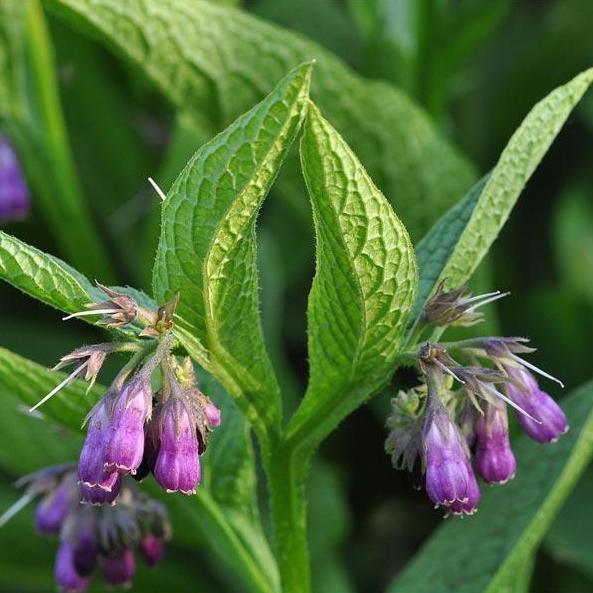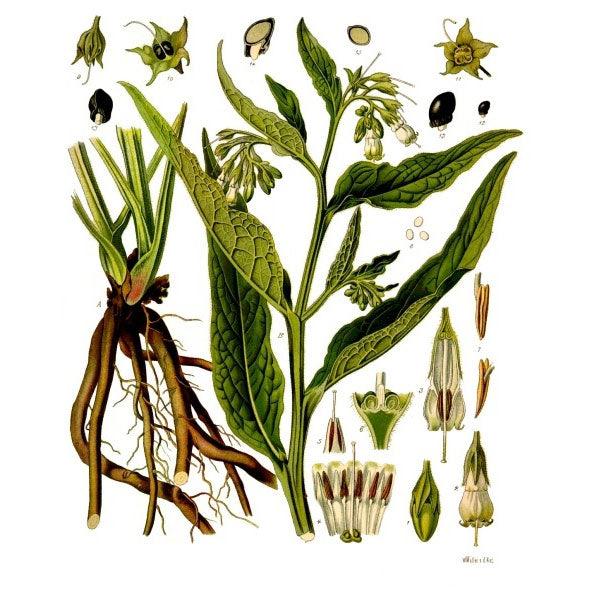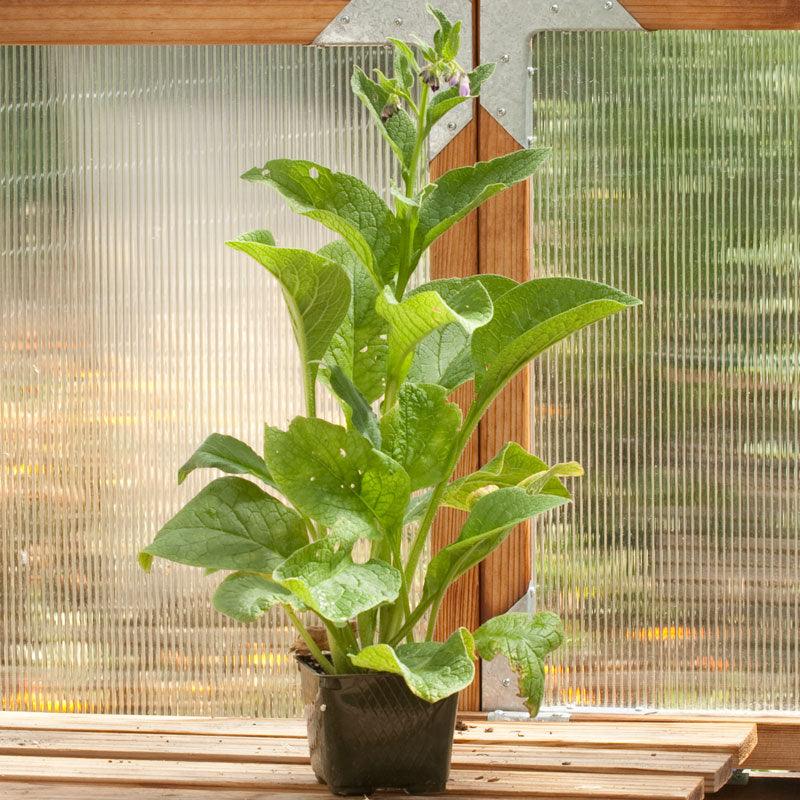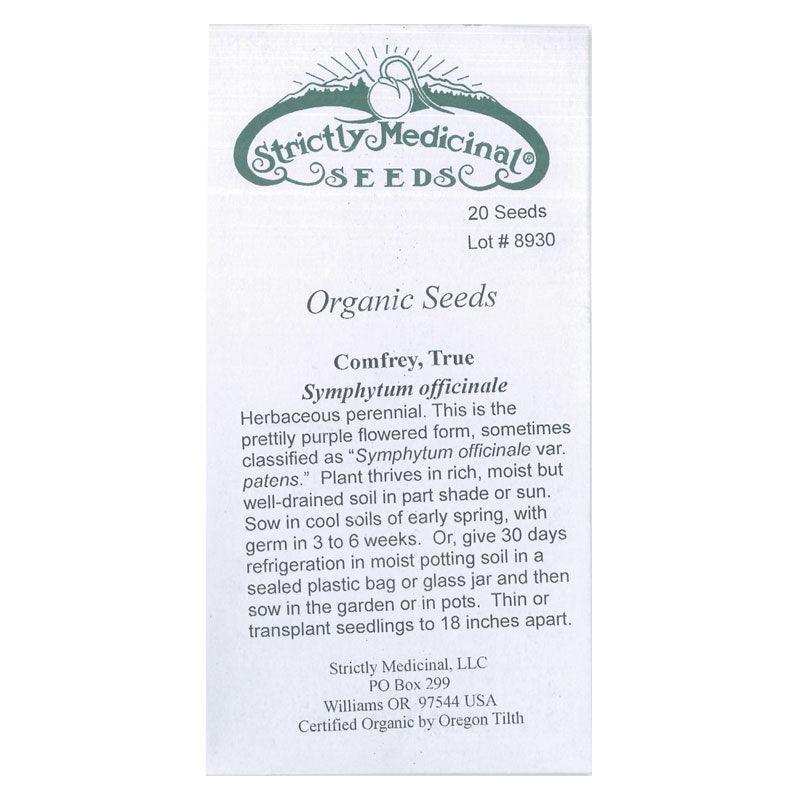Item Number: SNV7049
True Comfrey Seeds (Organic)
An Original Medicinal Herb
True Comfrey (Symphytum officinale) is a fast-growing, nutrient-rich perennial herb long valued in organic gardening, permaculture, and herbal medicine. Unlike Bocking 14, which is a sterile hybrid, true comfrey grows from seed—ideal for gardeners looking to expand their patch naturally. With deep roots and rapid leaf growth, it enriches compost, boosts compost tea, and supports organic fertilizer systems. We offer both true comfrey seeds for sale and comfrey plants for sale for those looking to enhance soil health and biodiversity. Pair it with our high-quality amaranth seeds for sale to build a resilient and productive garden ecosystem.
Why Grow Organic True Comfrey?
-
Powerful Soil Builder & Green Mulch – The comfrey plant is a dynamic accumulator, pulling nutrients from deep within the soil and making them available to surrounding plants.
-
Compost Tea & Fertilizer Booster – High in nitrogen, potassium, and phosphorus, comfrey leaves break down quickly and can be used to enhance compost piles or brewed into nutrient-rich compost tea for plant feeding.
-
Medicinal & Herbal Uses – Traditionally used for wound healing, inflammation relief, and herbal salves.
-
Attracts Pollinators & Improves Biodiversity – Produces bell-shaped flowers that attract bees, butterflies, and beneficial insects.
-
Low-Maintenance & Perennial Growth – A sized plant that grows vigorously year after year with minimal care.
How to Use True Comfrey:
-
Compost Tea & Liquid Fertilizer – Steep comfrey leaves in water to create a natural, nitrogen-rich fertilizer.
-
Compost Pile Accelerator – Speeds up decomposition and adds vital nutrients to compost.
-
Mulch & Green Manure – Chop leaves and use as a nutrient-dense mulch around fruit trees, vegetables, and garden beds.
-
Herbal & Medicinal Applications – Harvest leaves and roots for salves, poultices, and skin-soothing remedies.
-
Livestock Feed Supplement – Some farmers use comfrey as fodder for animals, though it should be used in moderation.
The History & Uses of Comfrey in Gardening & Herbal Medicine
Native to Europe and Asia, comfrey has been cultivated for over 2,000 years as a healing herb and soil-enhancing plant. Known as "knitbone", it was traditionally used to support bone healing and skin repair. In modern permaculture, comfrey remains a staple for regenerative farming, organic composting, and sustainable gardening.
How to Grow True Comfrey from Seed:
-
Planting Time: Sow in spring or fall for the best germination success.
-
Sun Requirements: Prefers full sun to partial shade.
-
Soil & Watering: Thrives in well-drained, fertile soil, but can tolerate poor conditions.
-
Harvesting: Cut leaves several times per season for mulch, compost tea, or medicinal use.
Boost Your Garden with True Comfrey Seeds!
Grow your own organic True Comfrey and unlock its incredible benefits for soil health, composting, and herbal remedies. Order your True Comfrey Seeds (Organic) today and start cultivating a sustainable, nutrient-rich garden!
For more information see our companion guide about Growing Comfrey from Seed.
Certified organic, 20 seeds per packet.
Photo by Aiwok
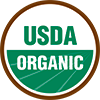


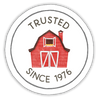
Check Your Zone Compatibility:
Compatible with your zone.
Growing Zone for

Our Guarantee To You
Since 1976, we've served our customers at every stage of growing. Please contact us at any time. We are happy to support and assist you.
Shipping Information
Shipping Information
Shipping Weight: 0.01 lb
Dimensions: 5.0"L x 2.625"W x 0.1"H
Features
Features
- Attracts Bees/Butterflies
- Cold Hardy
- Container Compatible
- Does Not Require Support
- Down to 25°F
- Good for Drying
- Open-Pollinated
- Plant Spreads
- Requires Summer Water
Characteristics
Characteristics
Planting & Care
Planting & Care
Soil & Water:Thrives in rich, moist but well drained soil in part shade or sun.
Planting & Growing: Sow in cool soils of early spring with germination in 3-6 weeks. Or give 30 days of refrigeration in pots of moist soil in a sealed plastic bag or glass jar and then sow in the garden or pots. Thin or transplant to 18 inches apart.
Harvesting & Storage: Harvest leaves for use fresh or drying.
Useful Information
Useful Information
Guarantee
Guarantee
Share
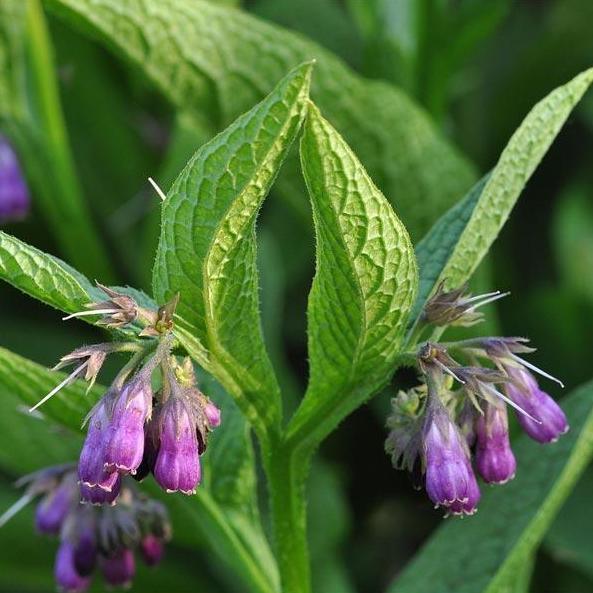
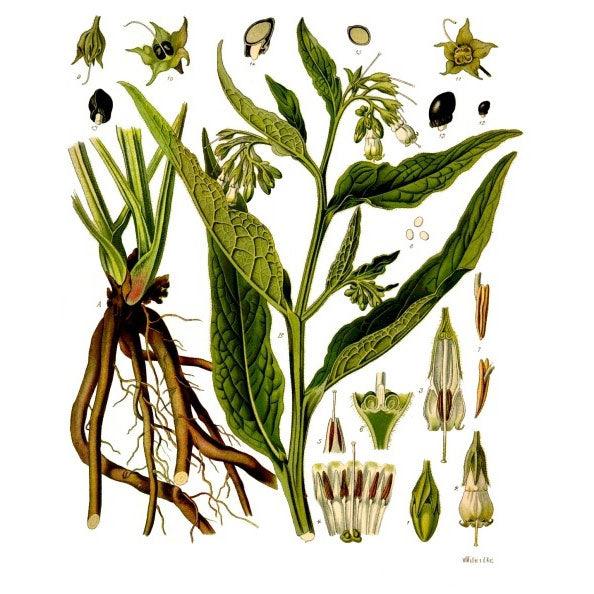
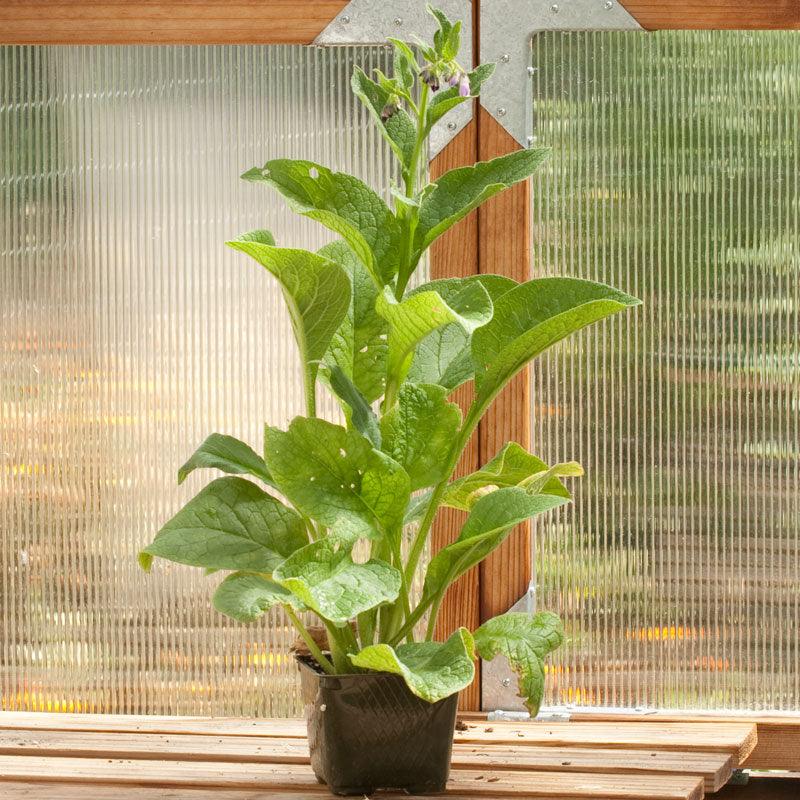
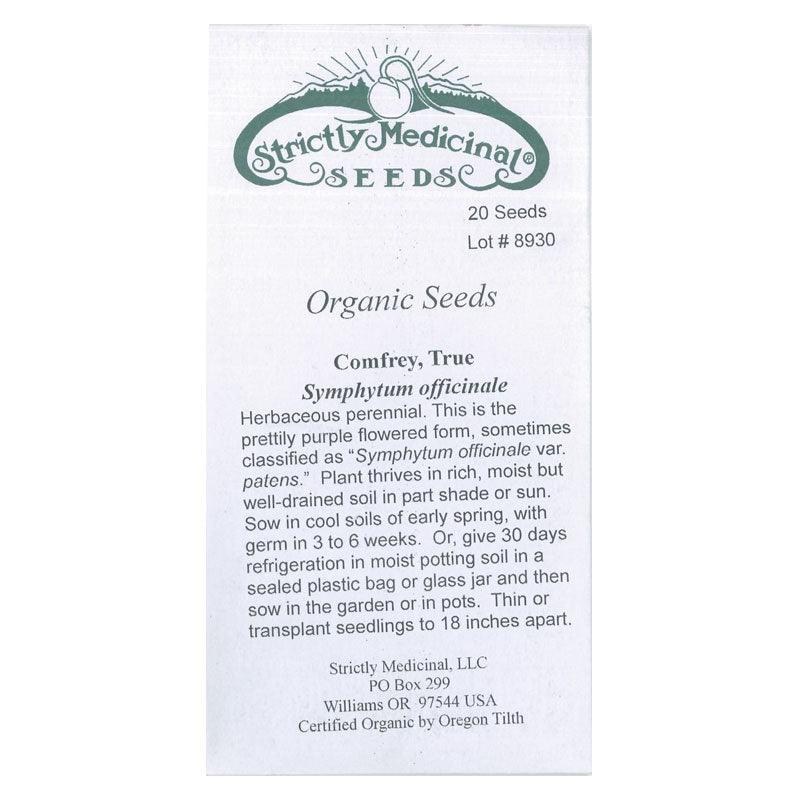
Seed pakets arrived quickly with instructions . Don’t know hiw they will grow until they can be planted.
Growing them now have several pop up so far I hope I get plants needed to make medicine very happy with seeds fresh and popes quick , I will order from here again
Cannot wait to see what this adds to the garden with so many benefits.
I finally was able to get germination in Austin after our winter storm. Took some time, however my plant is gorgeous and I'm looking forward to putting it to good use.
I recently bought 5 packs of these comfrey seeds, they arrived quickly and every pack had 20 seeds as advertised. Looking forward to feeding this to my livestock.

